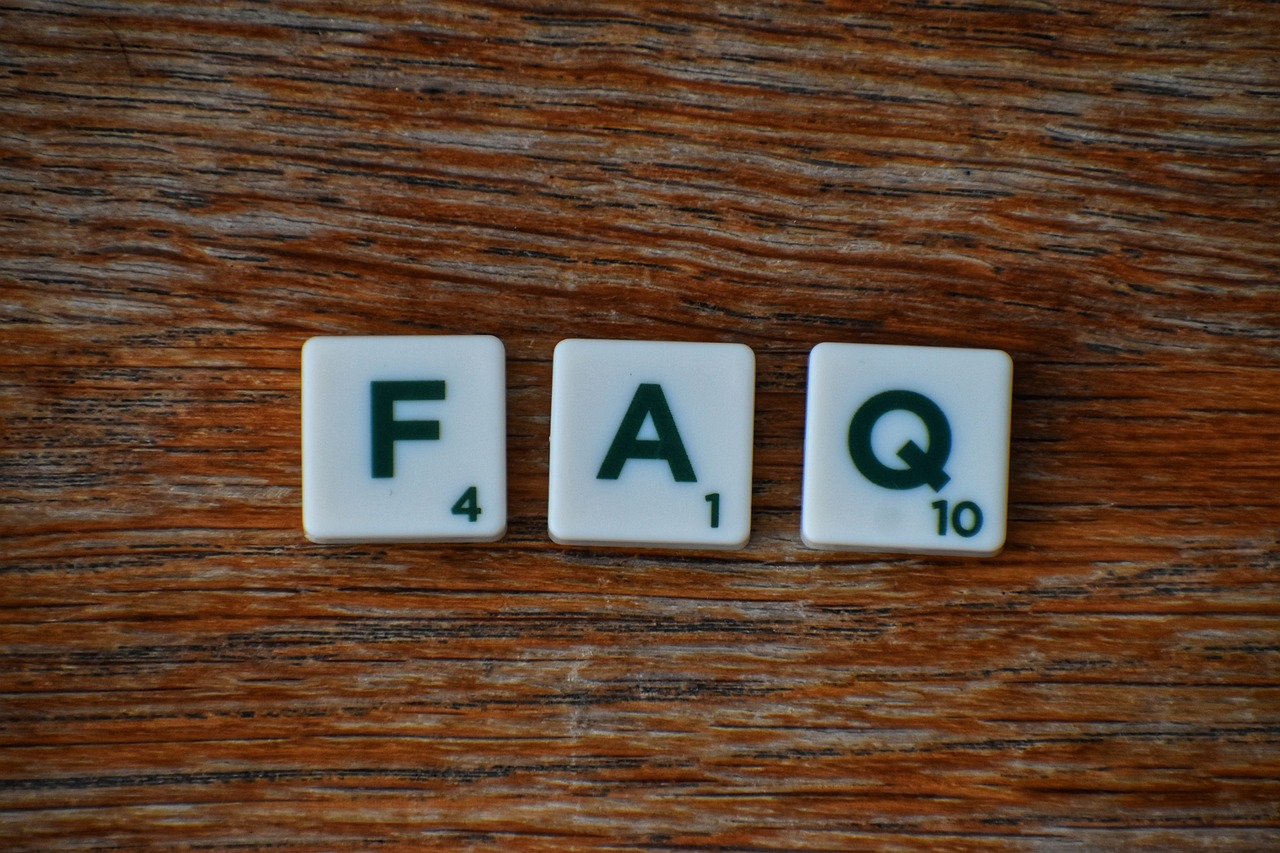Content Repurposing Roadmap: A Step-by-Step Guide

In today's fast-paced digital world, creating high-quality content is essential for engagement and visibility. However, producing fresh content consistently can be challenging. That's where content repurposing comes in. This strategy allows you to maximize your existing content's value and reach by transforming it into various formats. In this guide, we will walk you through a content repurposing roadmap that will help you streamline your content marketing efforts.
Step 1: Identify Your Core Content
Begin by selecting a piece of content that has performed well, such as a blog post, video, or infographic. Look for metrics that indicate its success, such as high traffic, shares, or engagement rates. This content will serve as the foundation for your repurposing strategy.
Step 2: Analyze Your Audience
Understanding your audience's preferences is crucial for effective repurposing. Use tools like Google Analytics to gather data on your audience's demographics, interests, and behavior. This information will help you determine which formats and platforms are most suitable for your repurposed content.
Step 3: Choose Repurposing Formats
Now that you have identified your core content and analyzed your audience, it's time to select the formats you want to use. Here are some popular options:
- Blog Posts: Turn a video or podcast episode into a written blog post, incorporating key points and insights.
- Infographics: Summarize a detailed report or article into a visually appealing infographic.
- Social Media Posts: Create bite-sized quotes or tips from your original content for platforms like Twitter, Instagram, or LinkedIn.
- Podcasts: Convert a blog post into an audio format, providing an engaging alternative for your audience.
- Webinars: Host a live session where you dive deeper into the topic covered in your original content.
Step 4: Create a Repurposing Schedule
Consistency is key in content marketing. Develop a schedule that outlines when and how often you will repurpose content. Use tools like Google Calendar or project management software to keep track of deadlines and ensure that you stay organized.
Step 5: Optimize for SEO
When repurposing content, it’s essential to optimize it for search engines. Research relevant keywords and incorporate them naturally into your new content formats. Additionally, include internal and external links to enhance the content's credibility and SEO performance.
Step 6: Promote Your Repurposed Content
After creating your repurposed content, it’s time to share it with your audience. Use social media, email newsletters, and your website to promote the content. Encourage engagement by asking questions and inviting feedback.
Step 7: Measure and Adjust
Finally, track the performance of your repurposed content. Use analytics tools to assess engagement, traffic, and conversions. Based on the data collected, adjust your strategy for future repurposing efforts to ensure ongoing success.
FAQ
Q1: What is content repurposing?
A: Content repurposing is the process of taking existing content and transforming it into different formats to reach a wider audience and extend its lifespan.
Q2: Why should I repurpose content?
A: Repurposing content saves time and resources while maximizing the value of your existing work. It also helps you reach different segments of your audience who may prefer various content formats.
Q3: How often should I repurpose content?
A: The frequency of repurposing depends on your content strategy and audience engagement. Aim to repurpose content regularly while maintaining quality and relevance.
Q4: What tools can I use for content repurposing?
A: Tools like Canva for infographics, Anchor for podcasting, and Hootsuite for social media scheduling can enhance your content repurposing efforts.